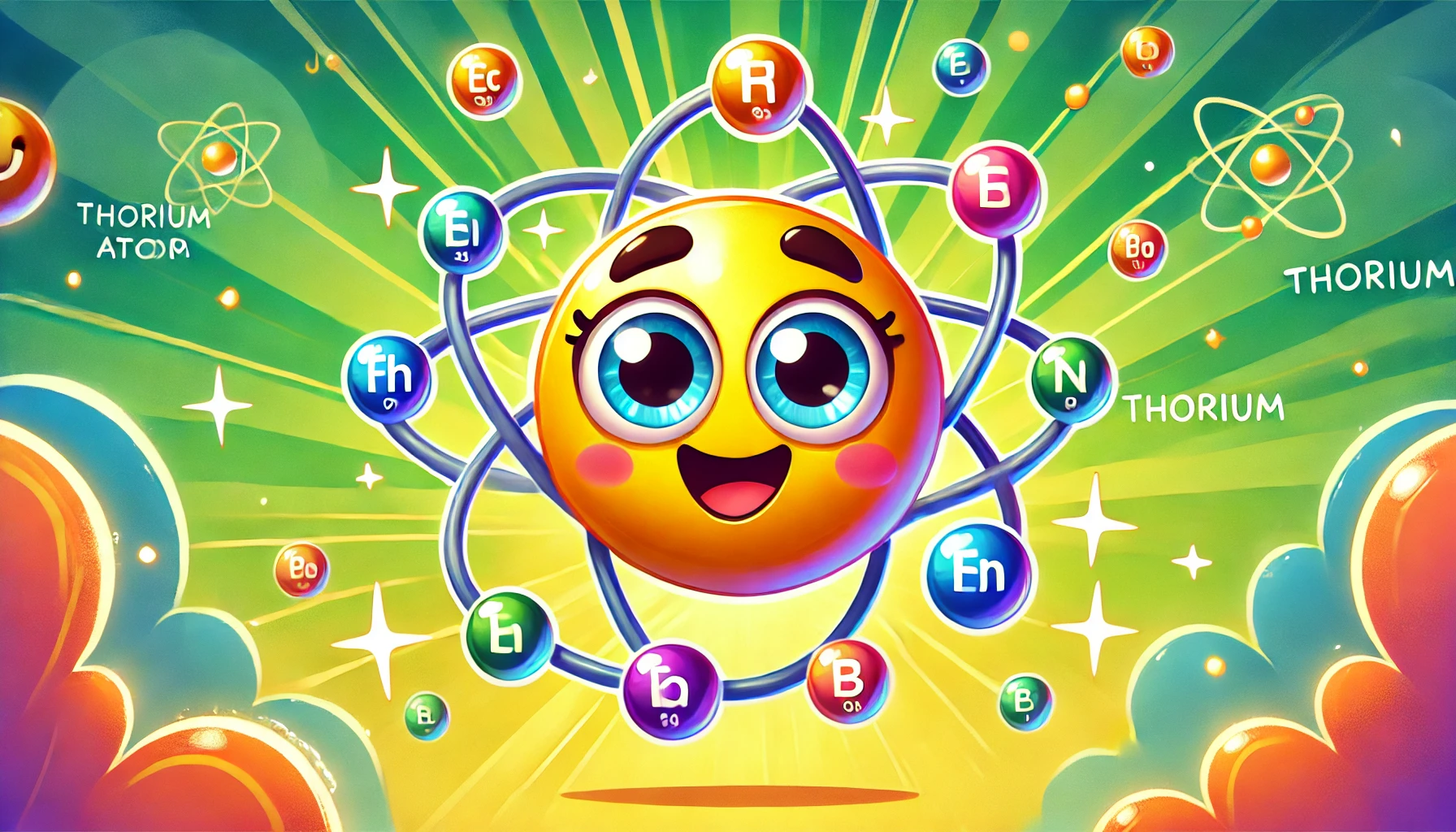Understanding Thorium: Properties, Uses, Health Risks, and Fascinating Facts
Understanding Thorium: Properties, Uses, Health Risks, and Fascinating Facts
Table of Contents
- Introduction to Thorium
- Properties of Thorium
- Uses of Thorium
- Health Risks of Thorium Exposure
- Interesting Facts about Thorium
- Environmental Impact of Thorium
- Conclusion
- References
Understanding Thorium: Properties, Uses, Health Risks, and Fascinating Facts
Introduction to Thorium Thorium is a chemical element with the symbol Th and atomic number 90. It is a slightly radioactive metal that is part of the actinide series. Discovered in the 19th century, thorium has various applications, particularly in nuclear energy. This article explores the properties, uses, health risks, and interesting facts associated with thorium, providing a comprehensive understanding of this valuable element.
Properties of Thorium Thorium is characterized by several distinct physical and chemical properties.
Physical Properties
- Appearance: Thorium is a silvery-white metal that tarnishes when exposed to air, forming a dull gray oxide layer.
- Density: The density of thorium is 11.7 g/cm³.
- Melting Point: Thorium has a melting point of 1,750°C (3,182°F).
- Boiling Point: The boiling point of thorium is 4,790°C (8,654°F).
Chemical Properties
- Reactivity: Thorium is chemically reactive and can form compounds with various elements, including oxygen and halogens.
- Compounds: Thorium forms various compounds, such as thorium dioxide (ThO₂) and thorium nitrate (Th(NO₃)₄).
Uses of Thorium Thorium has numerous applications across different industries due to its unique properties.
Nuclear Energy
- Thorium Reactors: Thorium is used as a nuclear fuel in thorium reactors, which offer several advantages over traditional uranium reactors, including higher fuel efficiency and lower production of long-lived radioactive waste.
- Molten Salt Reactors (MSRs): Thorium is being explored for use in MSRs, which have the potential to be safer and more efficient than conventional nuclear reactors.
Industrial Applications
- Lighting: Thorium is used in gas mantles for portable gas lamps due to its high melting point and ability to produce bright light.
- Aerospace and Metallurgy: Thorium is used in magnesium alloys for aircraft engines and aerospace components due to its ability to improve high-temperature strength.
Scientific Research
- Radiochemical Studies: Thorium is used in radiochemical studies to understand the properties and behavior of actinide elements.
Other Applications
- Glass and Ceramics: Thorium is used in the production of high-quality glass and ceramics, particularly in optical lenses and camera lenses, to improve their refractive index and durability.
Health Risks of Thorium Exposure Thorium is slightly radioactive, and exposure can pose health risks, particularly through inhalation or ingestion of thorium dust or compounds.
Inhalation and Ingestion
- Radiation Poisoning: Inhalation or ingestion of thorium can cause radiation poisoning, with symptoms including nausea, vomiting, hair loss, and damage to internal organs.
- Bone Accumulation: Thorium can accumulate in bones, leading to increased risk of bone cancer and other health issues.
Skin and Eye Contact
- Skin Irritation: Direct contact with thorium compounds can cause skin irritation and dermatitis.
- Eye Damage: Exposure to thorium dust or solutions can cause eye irritation and potential damage.
Chronic Exposure
- Cancer Risk: Prolonged exposure to thorium increases the risk of developing various cancers due to its radioactivity.
Interesting Facts about Thorium Thorium has several intriguing aspects that make it an interesting element.
Discovery
- Discovered in 1828: Thorium was discovered by Swedish chemist Jöns Jakob Berzelius in 1828. It was named after Thor, the Norse god of thunder.
Unique Properties
- Radioactivity: Thorium is slightly radioactive, with a half-life of about 14 billion years, making it one of the most stable radioactive elements.
- Potential as a Nuclear Fuel: Thorium is more abundant than uranium and has the potential to provide a safer and more sustainable source of nuclear energy.
Isotopes
- Radioactive Isotopes: Thorium has no stable isotopes. The most common isotope, thorium-232, has a half-life of about 14 billion years and is used in various applications.
Environmental Impact of Thorium Thorium is less toxic to the environment than many other radioactive elements, but its extraction and use should still be managed responsibly.
Natural Occurrence
- Abundance: Thorium is relatively abundant in the Earth’s crust and is typically found in minerals such as monazite and thorite.
- Mining: Extraction of thorium must be done with caution to avoid environmental contamination and ensure sustainable practices.
Pollution and Bioaccumulation
- Environmental Pollution: Thorium can enter the environment through industrial emissions, mining activities, and improper disposal of radioactive materials.
- Bioaccumulation: Thorium can accumulate in the food chain, posing risks to wildlife and humans who consume contaminated food and water.
Conclusion Understanding thorium, its properties, uses, health risks, and interesting facts provides valuable insight into this valuable element. While thorium has significant applications, particularly in nuclear energy and industrial processes, its radioactivity necessitates careful handling and responsible management. Ongoing research and advancements in technology continue to shed light on the complexities and potential uses of thorium in modern science and industry.

<ⓒ WizardMedics (wizardmedics.com)>


